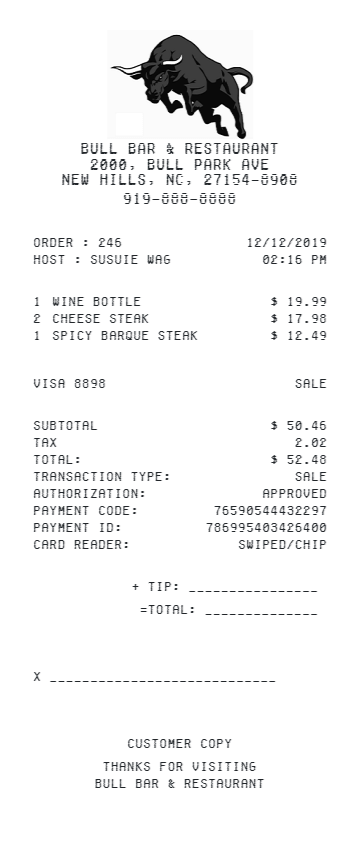What Is the Best Way to Recognize a Fake Receipt?
There are a few signs to know about the receipt which can give data about whether it is fake or not. A talented fraudster can produce deeply convincing receipts that may require significant investigation to verify. It is important to consider the source of the receipt when assessing it; For example, a receipt printed by email should look different from a report generated at a store, whether it uses a hot printer or a laser stream. So beware of fake receipt maker.
A marker that the receipt is bogus may contain incorrect data. A counterfeit receipt may list the business name and contact data incorrectly, or may not code the item like the organization. This data can be verified by looking at the organization; If the receipt says Store 123 is on the counterfeit receipt route and the organization does not list a store at this location, it may be a tip-off. Incorrect item codes are another warning sign. Each item should have its unique number, and if it doesn't match the organization's postings often found on its site, the receipt may be counterfeit.
Surface and appearance can also be warning signs. Some stores use watermarked paper, and it won't be difficult to spot a counterfeit receipt because it doesn't have a watermark, or the example looks off-base. It is usually important to have a valid receipt for comparison.This could be another sign of a Fake Receipt. Most succulents wear out to some degree, even with careful handling, and a smooth, even surface without any kinks or smudges can be faked.
Limited detail is another issue. Some receipts are essentially registered tapes, with a period stamp and the posting of various things purchased at various costs. It's not that hard to counterfeit with something like a calculator or calculate the deal charge incorrectly, and it can be a rip-off. Various receipts should give more details; A cafe receipt, for example, will have the name of the dish, while a dress store usually records the SKU number on its receipts. The receipt may also include a business exchange and contact data. Assuming that this data is missing, the collection may be bogus.
If a receipt seems problematic, it is possible to first take it to the guarantor for verification. Employees can decide whether the receipt is valid or on the other hand assuming that it has already been changed in some way or another. If the source of the receipt is not nearby, an alternative is to call, notice the sketch receipt, and request the data to decide whether it is valid or not. It may not be worth the test time effort given that the counterfeit receipt is for a small amount, and fraudsters may rely on it when they submit cost reports or receipts created for deceptive item returns.
For more info:-

Comments
Post a Comment